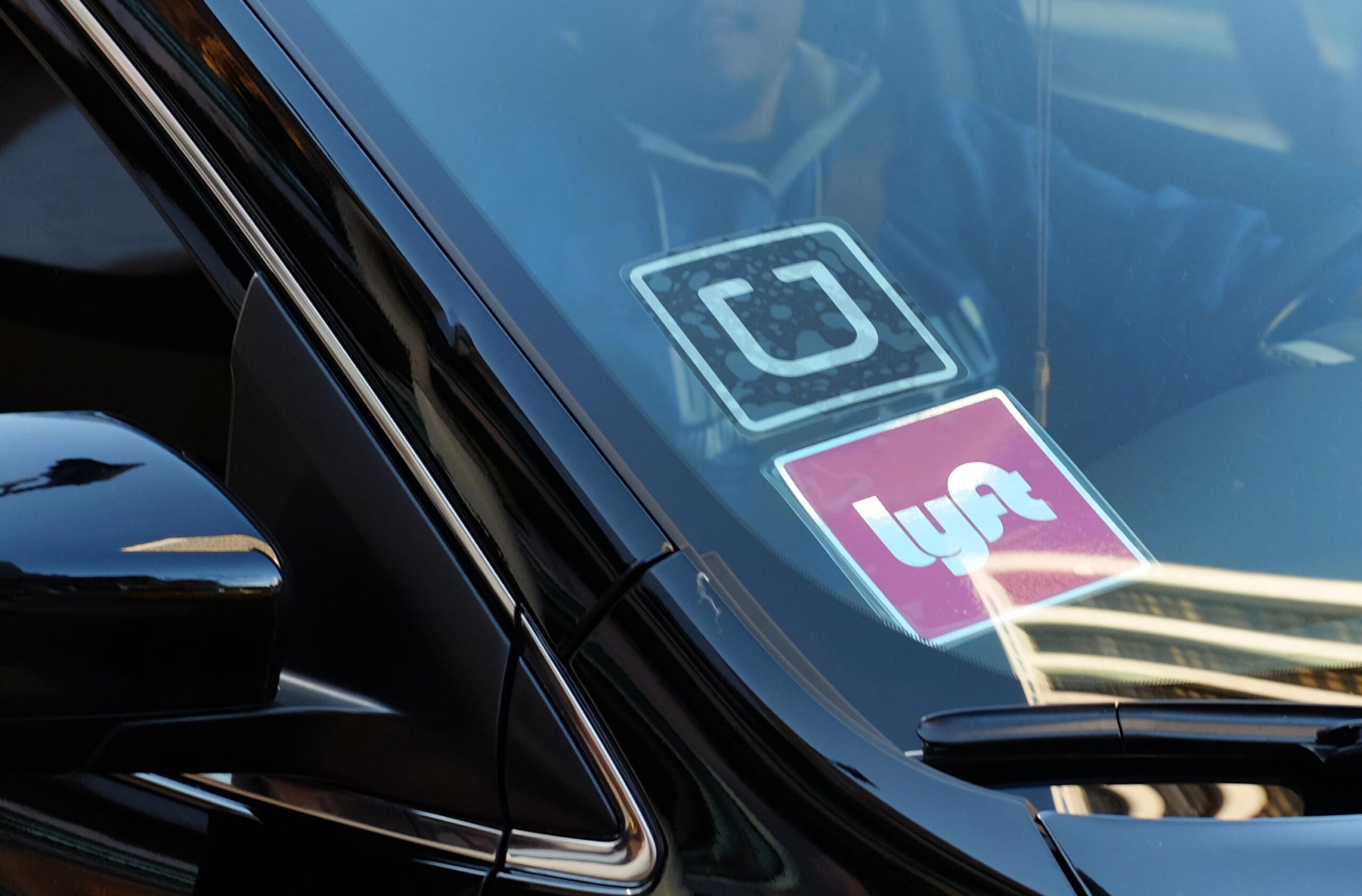
Wrongful Death Lawsuit Against Uber And Lyft Accuses Uber Driver Of Taking His Eyes Off The Road To Access Lyft App Causing In Fatal Crash.
Two ride share companies and their driver were hit with a wrongful death lawsuit after a mother and daughter were killed in a distracted-driving accident. According to the distracted diving lawsuit, an Uber driver, who also worked for Lyft, picked up the mother and father, their daughter and her fiancé. The Uber driver was attempting to access his Lyft application (app) on his phone to schedule another ride when he made a left turn and collided with another vehicle. The family was on their way to their son and brother’s wedding rehearsal dinner. The daughter and her fiancé were to be married the following month.
Uber has already settled the lawsuit with surviving family members for a “substantial amount” and the Uber driver, also settled the complaint. The family is still seeking more than $1 million in compensation from Lyft. The company said the driver had been approved to drive for Lyft but had never picked up a passenger. The wrongful death claim called for Lyft to modify its ride share app to prevent drivers from pulling it up while driving. Family members said they want to see Lyft make changes to avoid potentially tragic accidents from occurring.
[http://kxan.com/2017/03/10/family-of-mother-daughter-killed-in-crash-sue-lyft/]
[http://www.mystatesman.com/news/crime–law/lawsuit-claims-lyft-driver-fatal-wreck-was-distracted-app/vATwbLZjiPR2ZDRLpE3EBJ/]
Distracted driving is any activity that takes a driver’s eyes and attention off the road, such as texting, using a phone, or talking to passengers, according to the U.S. Department of Transportation, which sponsors the website, Distraction.gov. The website calls distracted driving an “epidemic” and provides statistics to prove the claim. For instance, in 2014, 3,179 people were killed and 431,000 were injured in motor vehicle crashes involving distracted drivers. What’s more, at any given time during the day in the United States, about 660,000 drivers use their phones or manipulate electronic devices while driving, a number that has held steady since 2010.
[https://www.distracteddriving.gov/stats-research-laws/facts-and-statistics.html]
Some newer model vehicles are equipped with hands-free technologies that allow drivers to use their voice to text, talk on the phone or use social media. But, voice-activated systems do not necessarily prevent distracted driving, according to a study conducted by the AAA Foundation for Traffic Safety. The study compared hands-free technologies in ten 2015 vehicles and three types of smart phones. Researchers found that all systems studied “increased mental distraction to potentially unsafe levels.”
The study also showed that a driver’s mind can stay distracted for up to 27 seconds after using voice-to-text features.
[http://www.cnbc.com/2017/03/10/driving-while-distracted-comes-with-a-hangover-effect-aaa-says.html]
[http://newsroom.aaa.com/2015/10/new-hands-free-technologies-pose-hidden-dangers-for-drivers/]



